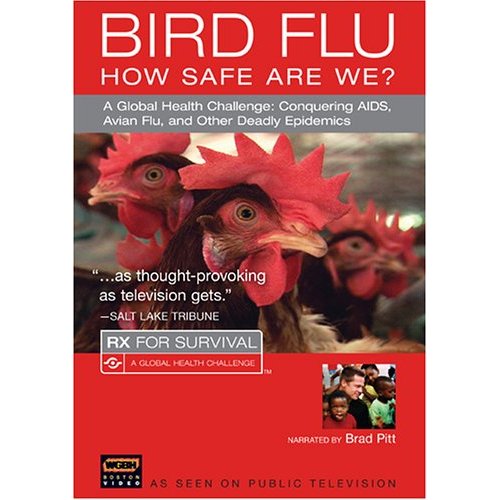http://springhillmedgroup.blogspot.com/
You may find fat kids cutie ones but they may be starting to suffer from obesity. Obesity is a serious medical condition that often leads to serious diseases. Childhood obesity often carried out until adulthood, more health complications may occur. And obesity plays a significant role in causing certain so called ‘adult ailments’ in our children such as high blood pressure and high cholesterol.
Childhood obesity is usually caused by eating too much and not getting enough exercise. While there are some genetic and hormonal causes of childhood obesity, studies show the primary cause of children being overweight is due to lifestyle issues such as eating more calories than is needed to support their growing bodies, daily activities and metabolism.
All experts agreed that obesity is a health risk that may result to the following health problems for children.
Hypertension
Type 2 Diabetes
Orthopedic
Sleep
Depression
Asthma
Body Mass Index (BMI)
Height and BMI
Heredity
Signs of stress of weight on lower limbs and joints
Absence of logical thinking
How to treat obesity in children:
If your child has a weight problem you should a consult a doctor or nutritionist. A healthy eating plan is strongly suggested. This is also to make sure that no serious health problems have developed. Some parents delay this action in the hopes that the problem will just go away but this delay can cause more complications and illness and I will get worse.
Not only obesity can cause many health problems but it can also cause variety of emotional problems. Their being obese can lower their self-esteem. So do not make them feel bad more about themselves, they had enough from school instead just need to help them by developing healthy eating and exercise habits, and lots and lots of moral support.
You should be aware avoiding making their weight as an issue, if you will encourage him to focus on his weight tendency is that their self-esteem will suffer more rather it is best to show them how maintaining a healthy weight will lead to extra energy and fewer health problems.
Express your unconditional love. Remember to make them fell loved no matter what. Overweight children need support, acceptance, and encouragement from their parents.
This is probably the most important and maybe the best solution. Be a good role model. Parents are responsible for putting healthy foods in the kitchen at home, as well as leaving unhealthy foods on the grocery store shelves. You cannot really blame the kids because you maybe is the problem. Practice what you preach! After all you are the one responsible of what food to put in the table.
Do not set food as rewards and put realistic goals. It is also better if you will spend time together exercising, in this way he will be more excited to do it because he is with you. Make them feel that you are together with this.
You may find fat kids cutie ones but they may be starting to suffer from obesity. Obesity is a serious medical condition that often leads to serious diseases. Childhood obesity often carried out until adulthood, more health complications may occur. And obesity plays a significant role in causing certain so called ‘adult ailments’ in our children such as high blood pressure and high cholesterol.
Childhood obesity is usually caused by eating too much and not getting enough exercise. While there are some genetic and hormonal causes of childhood obesity, studies show the primary cause of children being overweight is due to lifestyle issues such as eating more calories than is needed to support their growing bodies, daily activities and metabolism.
All experts agreed that obesity is a health risk that may result to the following health problems for children.
Hypertension
Type 2 Diabetes
Orthopedic
Sleep
Depression
Asthma
Body Mass Index (BMI)
Height and BMI
Heredity
Signs of stress of weight on lower limbs and joints
Absence of logical thinking
How to treat obesity in children:
If your child has a weight problem you should a consult a doctor or nutritionist. A healthy eating plan is strongly suggested. This is also to make sure that no serious health problems have developed. Some parents delay this action in the hopes that the problem will just go away but this delay can cause more complications and illness and I will get worse.
Not only obesity can cause many health problems but it can also cause variety of emotional problems. Their being obese can lower their self-esteem. So do not make them feel bad more about themselves, they had enough from school instead just need to help them by developing healthy eating and exercise habits, and lots and lots of moral support.
You should be aware avoiding making their weight as an issue, if you will encourage him to focus on his weight tendency is that their self-esteem will suffer more rather it is best to show them how maintaining a healthy weight will lead to extra energy and fewer health problems.
Express your unconditional love. Remember to make them fell loved no matter what. Overweight children need support, acceptance, and encouragement from their parents.
This is probably the most important and maybe the best solution. Be a good role model. Parents are responsible for putting healthy foods in the kitchen at home, as well as leaving unhealthy foods on the grocery store shelves. You cannot really blame the kids because you maybe is the problem. Practice what you preach! After all you are the one responsible of what food to put in the table.
Do not set food as rewards and put realistic goals. It is also better if you will spend time together exercising, in this way he will be more excited to do it because he is with you. Make them feel that you are together with this.






 RSS Feed
RSS Feed